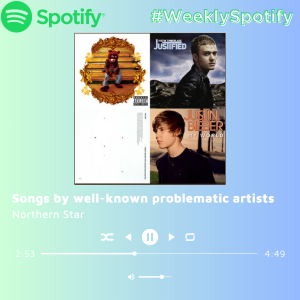NIU’s fleet set for snow
October 19, 1990
Inclement weather on the horizon creates routine, but vital winterization measures for Huskie buses and NIU’s tranportation fleet.
Organizations or individuals wishing to use motor pool vehicles must be cautioned about road conditions at their intended destination.
Transportation Supervisor Bill Finucane said his department receives information from radio stations, county police and district offices about driving conditions in other areas.
“Our cardinal rule is if the university shuts down, then we don’t lend vehicles,” Finucane said, adding, “otherwise we just counsel the borrower on where they’re going.”
Huskie Line Manager Charlie Battista said most winter-weather provisions fall under the scope of the year-round maintenance program.
“Every night, the basic vehicle fluids are checked to ensure they meet adequate levels,” Battista said.
The list of comprehensive maintenance measures includes checking oil, transmission fluid and tire pressure levels.
Battista noted Huskie buses use the highest grade of diesel fuel available, which assists to eliminate gelling in the wintertime. “We also maintain a 50-50 coolant mixture year round,” he said.
Coolant, however, is something Finucane monitors very carefully in the wintertime. “At this time of year, every vehicle in the fleet has its coolant tested to withstand temperatures 20 to 30 degrees below zero,” Finucane said.
Finucane and Battista both stress the quality of their regular maintenance network.
“Every one of our 217 vehicles is inspected at six-month or 4,000-mile intervals,” Finucane said. Huskie buses have regular inspections every 6,000 miles, with a more comprehensive inspection taking place every 12,000 miles.
The state of Illinois also scrutinizes bus standards with twice-a-year safety checks that review the upkeep of brakes, lights and other automotive equipment.






